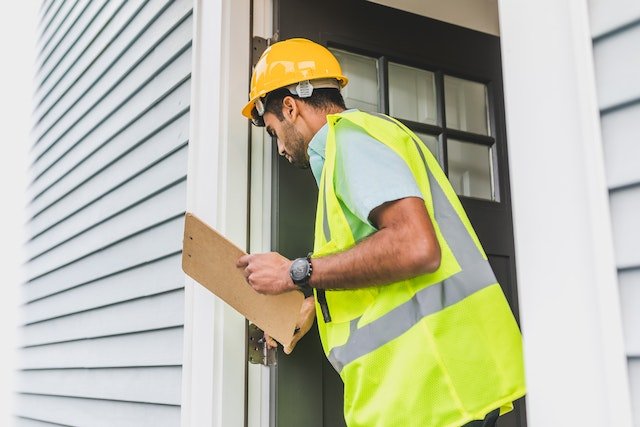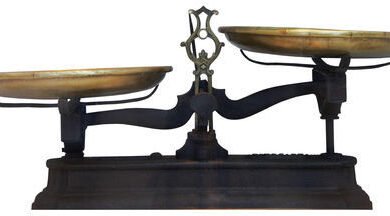
By | Stephanie Snyder
Inspection technology has been advancing rapidly, with new technologies being introduced regularly to improve the accuracy and efficiency of inspections. The latest inspection technologies are designed to provide safer, more accurate, and cost-effective solutions. In this article, we will look at six examples of the newest inspection technologies that are being used today.
Drone Inspection
Drone inspection has been a game-changer in the inspection industry, allowing inspectors to carry out inspections in areas that are difficult to access, such as roofs, towers, and pipelines. Drones are equipped with high-resolution cameras and sensors that capture data from heights and angles that are impossible to reach with traditional inspection methods. The data collected can be analyzed in real-time, providing accurate and up-to-date information about a specific location or structure. Drone inspections save time, reduce inspection costs, and eliminate the risk of injury to inspectors.
Robotic Inspection
Robotic inspection involves the use of robots that can access hard-to-reach areas, such as pipelines, tanks, and storage vessels. These robots are equipped with high-definition cameras, sensors, and other tools that allow them to capture data and images in areas where human inspectors cannot. Inspection robots are controlled remotely, which reduces the risk of injury for inspectors and improves a high level of efficiency throughout the inspection process. These types of robots can be an expensive endeavor, but most inspectors and companies that use them find that the cost is justified.
Non-Destructive Testing
Non-destructive testing (NDT) is a method of inspecting materials, components, and structures without damaging them. NDT methods include ultrasonic testing, radiography, magnetic particle testing, and eddy current testing, among others. These methods can detect flaws, cracks, and other defects in materials that could compromise their structural integrity. NDT is commonly used in industries such as aerospace, automotive, and construction to ensure the safety and reliability of structures and components. NDT can save an ample amount of money by identifying flaws or areas of concern without the need for certain materials and components to be removed or otherwise destroyed.
Augmented Reality
Augmented reality (AR) technology has been introduced to the inspection industry to improve the accuracy and efficiency of inspections. AR technology allows inspectors to overlay digital information onto real-world objects, providing them with additional information and guidance during inspections. For example, AR technology can be used to highlight specific areas that require attention or to provide detailed instructions on how to carry out unique inspections. These areas of concern could have been missed in the past when inspections were carried out solely by humans.
Artificial Intelligence
Artificial intelligence (AI) technology is being used in the inspection industry to improve the accuracy and speed of inspections. AI algorithms can analyze large amounts of data quickly and accurately, identifying patterns and anomalies that human inspectors may miss. This technology is particularly useful in industries such as manufacturing, where inspections must be carried out quickly and accurately to maintain quality control. When using AI, many industries have found the technology to be a well-spent expense to help reduce misdiagnosis or other issues that might have been missed originally due to human error.
3D Printing
3D printing technology has been introduced to the inspection industry to create replicas of structures, components, and parts. These replicas can be used for training purposes, to test different scenarios, or to perform non-destructive testing. 3D printing allows inspectors to create exact replicas of the structures or components to be inspected, providing them with a better understanding of how they function and how they can be improved.
Conclusion
The inspection industry is continually evolving, with new technologies being introduced regularly to improve accuracy, safety, and efficiency. The six examples of inspection technologies discussed in this article, namely drone inspection, robotic inspection, non-destructive testing, augmented reality, artificial intelligence, and 3D printing, are revolutionizing the way inspections are conducted. These technologies are providing cost-effective results while enhancing safety and efficiency.






